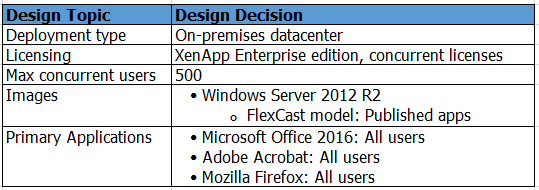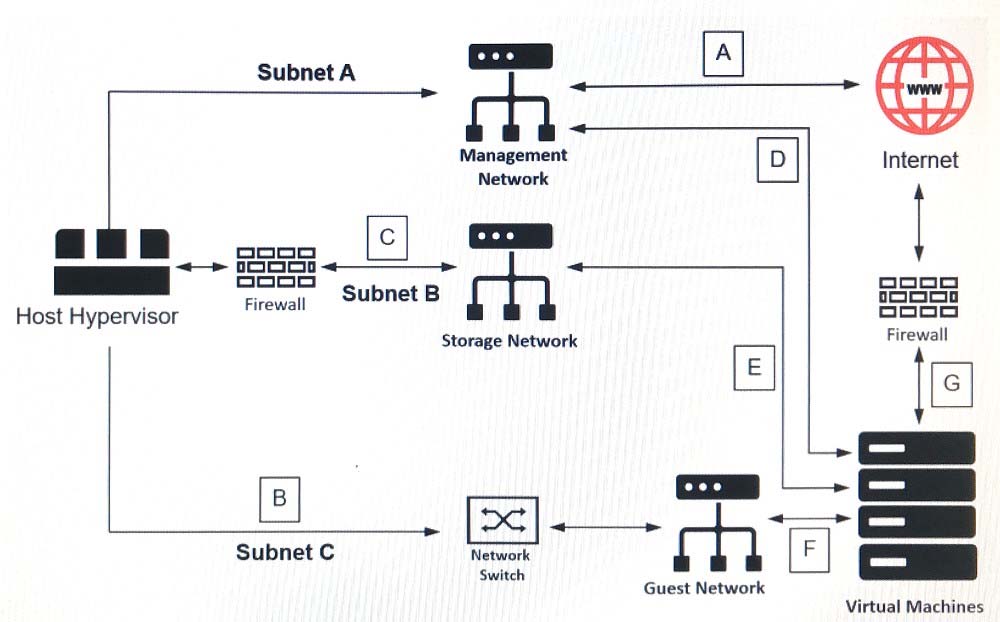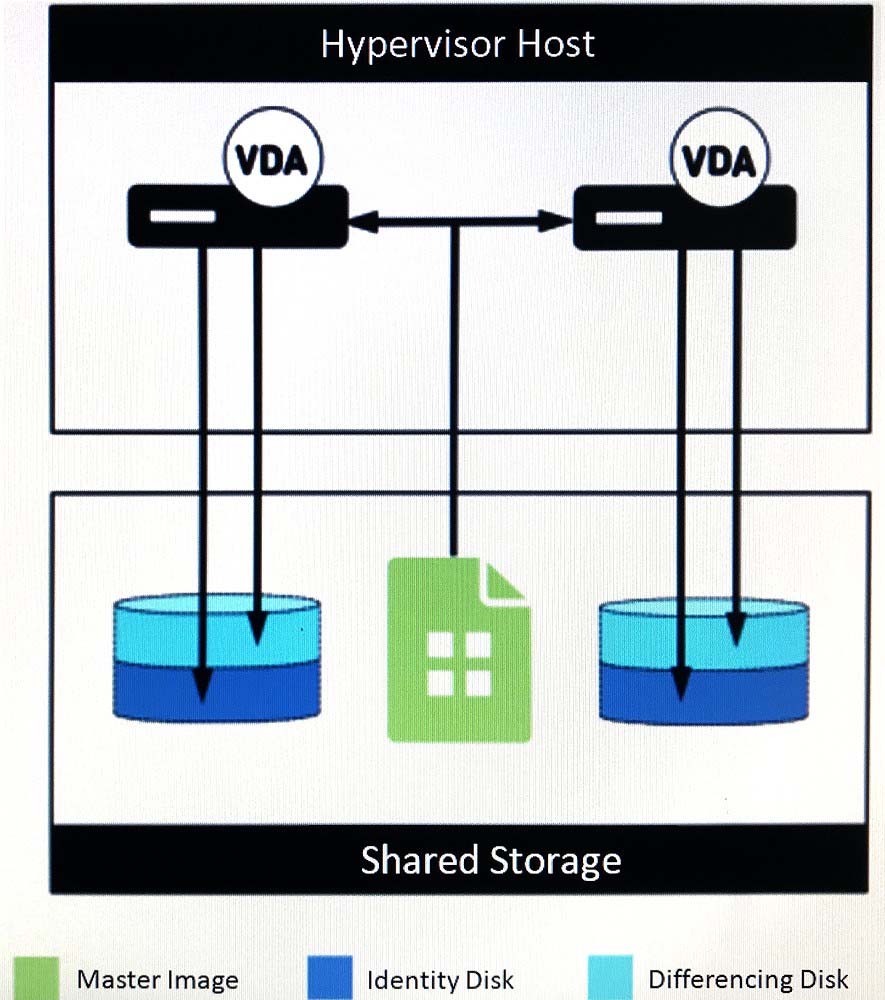Scenario: A Citrix Architect needs to design a new XenApp and XenDesktop environment.
The architect has determined the user groups and FlexCast model listed in the Exhibit during the high-level design. Click the Exhibit button to view the user group and FlexCast model details.

Which graphics protocol should the architect select for the highlighted group in the Exhibit?


